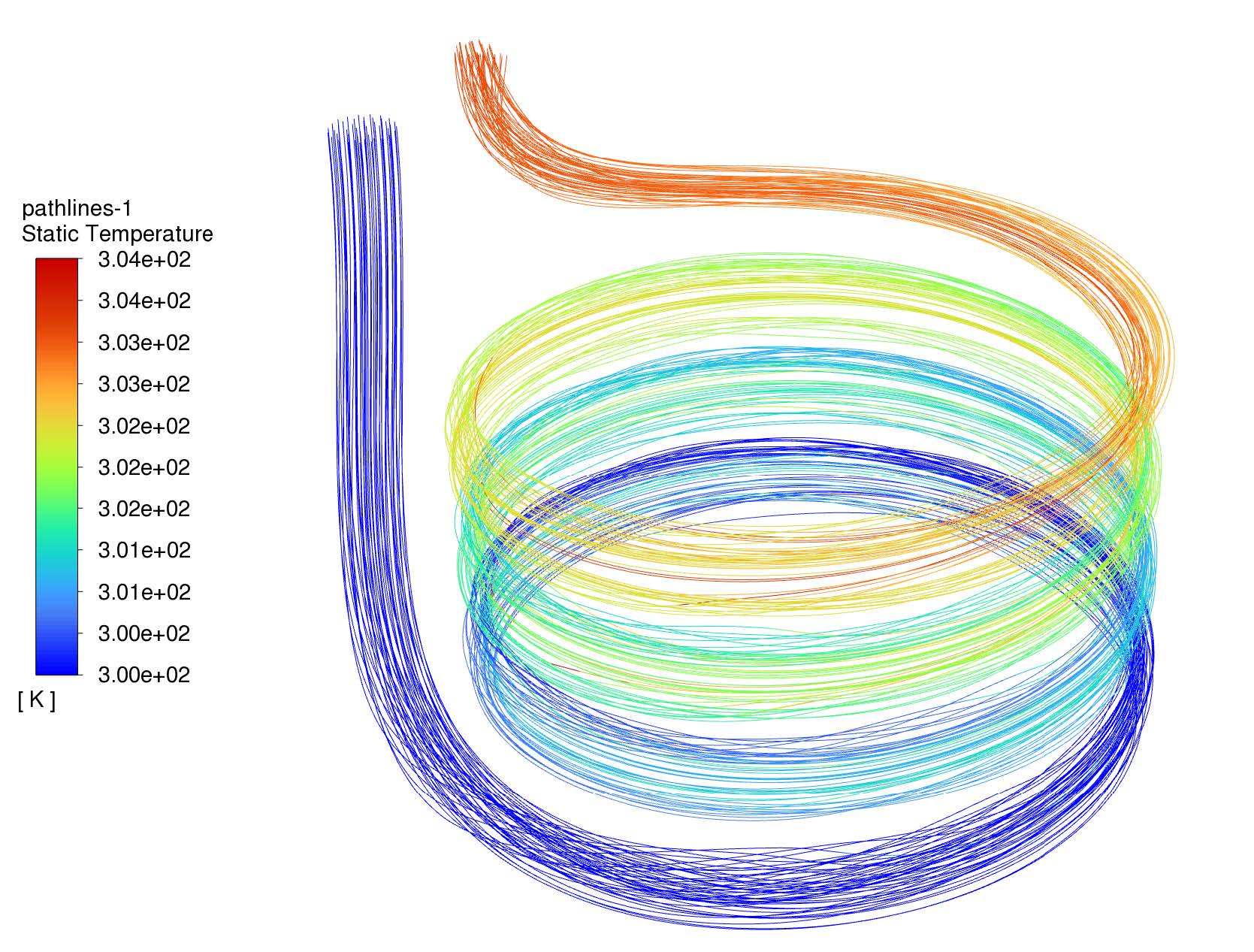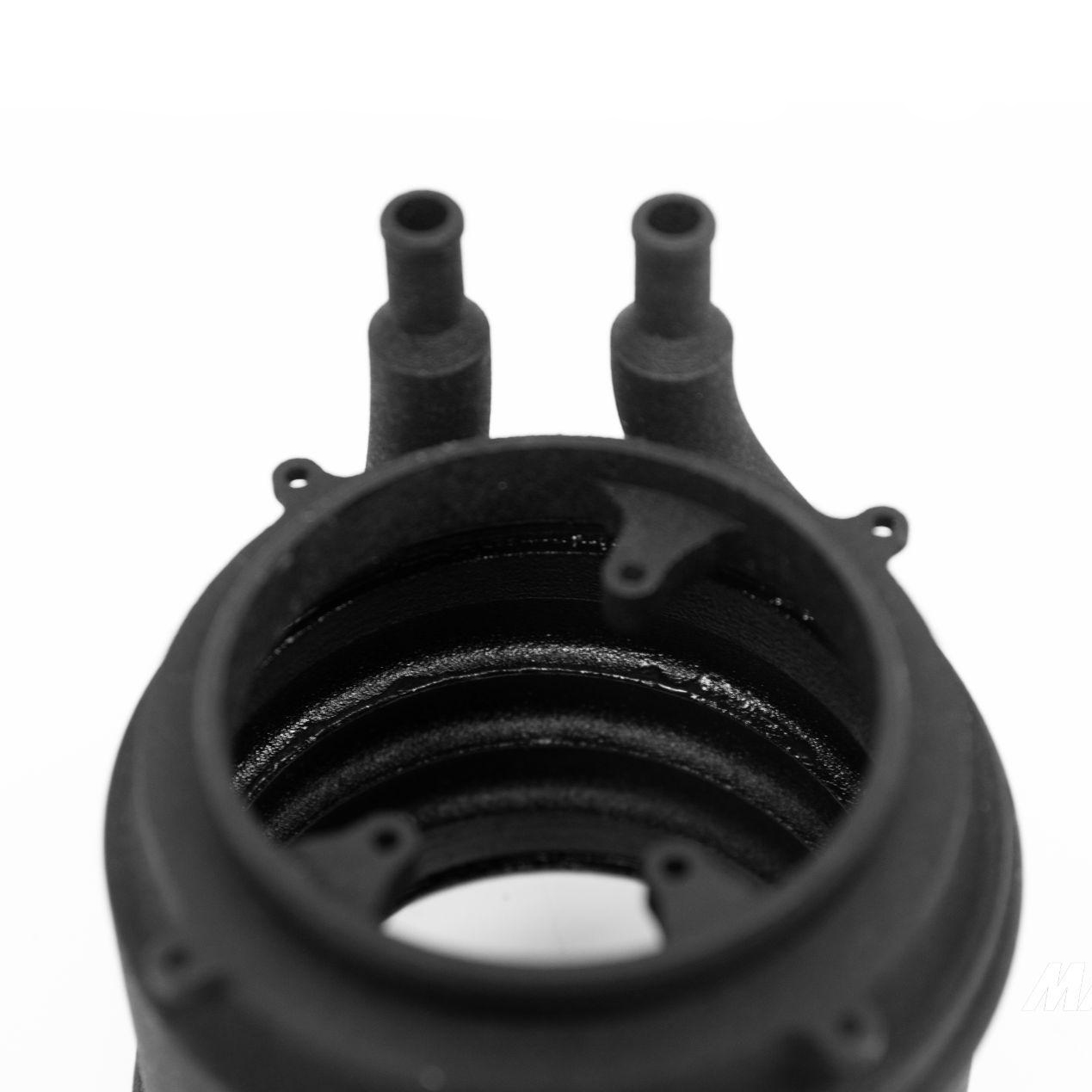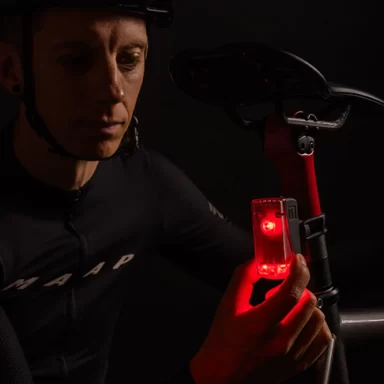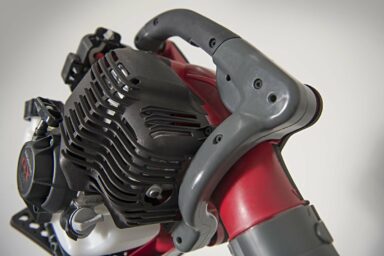3D Printing for Race Cars: Enhanced Cooling Efficiency

Monash Motorsport, Monash University’s premiere Formula Student team, in collaboration with Formero, needed to improve the cooling efficiency of their race car engines. Utilising Formero’s expertise in 3D printing for race cars and the wide range of materials available, custom cooling solutions were developed to ensure the motors operated at optimal temperatures during high-performance racing.
Challenge
Monash Motorsport needed to prevent potential overheating in their race car motors and inverters during intense racing sessions. The challenge was to create durable, heat-resistant parts that would not only manage thermal loads effectively but also provide strain relief and waterproofing for sensitive electrical connections.
Solution
Formero suggested that the motorsport team implement Selective Laser Sintering (SLS) technology to manufacture the bespoke cooling jackets and motor shrouds from nylon PA-12. This material was chosen for its excellent thermal and mechanical properties. The SLS process enabled the creation of complex geometries essential for efficient cooling. Additionally, Formero implemented Z-bonding techniques to enhance the structural integrity and durability of the 3D printed parts.
- Material Selection: Nylon PA-12 was selected for its thermal resistance and mechanical strength, crucial for the high-performance environment of race car engines.
- 3D Printing Process: SLS technology allowed for the precision manufacturing of parts with intricate designs that traditional methods couldn’t achieve.
- Z-bonding: This process improved the overall strength and durability of the printed parts, ensuring they could withstand the stresses of racing.
Results
The custom cooling jackets and motor shrouds significantly improved thermal management for Monash Motorsport’s race cars. These enhancements prevented potential overheating, ensuring the motors maintained safe operating temperatures. The improved cooling efficiency contributed to better reliability and performance, giving Monash Motorsport a competitive edge in racing events.
Key Advantages of 3D Printing Race Car Parts
- Precision and Complexity: SLS technology enabled the creation of intricate cooling components with high precision.
- Material Strength: Nylon PA-12 provided the necessary durability and heat resistance required for race car applications.
- Enhanced Durability: Z-bonding techniques reinforced the strength and resilience of the 3D printed parts.
- Collaborative Benefits: Formero’s collaboration with Monash Motorsport provided access to advanced manufacturing technologies, fostering ongoing innovation and performance improvements.
For more details on this story you can read the blog post created by the Business team from Monash Motorsport here 3D Printed Precision: Formero’s Contribution to Race Car Cooling System.
Related Services.
Ready to speak with us?
If you have questions please feel free to contact us.
Other Case Studies.
Project Flock’s Hybrid Manufacturing Approach
Through Formero’s Hybrid Manufacturing solution, Project Flock were able to bring their innovative Biomotion tail light to market.
Read MoreQuick Turnaround Architectural Models
Using SLA we 3D Printed Architectural Models in as little as 5 days for a carbon-capture plant, which extracts CO2 from the air, directly removing CO2 from the atmosphere.
Read MoreAtom Industries – Leaf Blower
See how Formero’s 3D Printing Technology helped Atom Industries, an an innovative leader in the development and manufacture of lawn and garden equipment, improve their leaf blower’s design and performance.
Read More





